Ukraine has the highest HIV prevalence in Europe - the international V4NA news agency writes. The spread of HIV across Ukraine's regions is driven in part by internal and external migration. Infected individuals often move from war-affected areas, carrying the virus into other parts of the country. At the same time, some of those entering Ukraine arrive already infected and continue to spread the virus after their arrival.
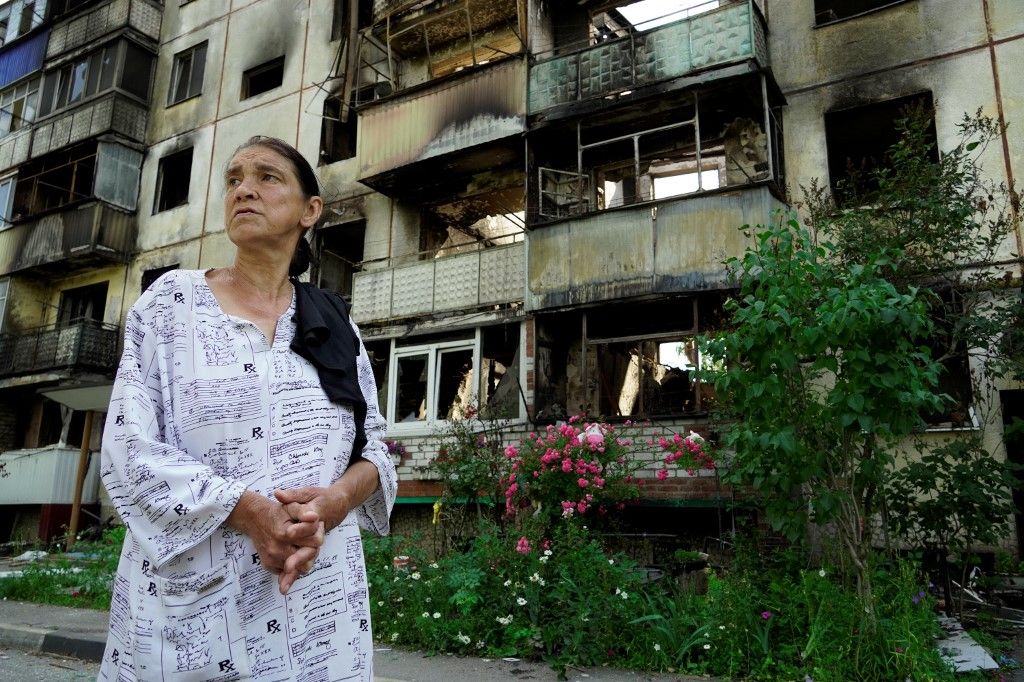
According to the piece published by V4NA, an international team of scientists has analyzed genetic sequences to reconstruct viral migration patterns and found that the war-related movement of 1.7 million people was associated with the dissemination of HIV in Ukraine. The study, published on the website of the Department of Biology at the University of Oxford, revealed that areas with a high prevalence of risky sexual behaviour were the main recipients of the virus.
In a country of 45 million people, an estimated 220,000 are infected with HIV – the highest prevalence in Europe. The epidemic started in the 1990s with an explosive rise in the number of new infections in people who inject drugs, but today 70-80 percent of new infections are reported to be in heterosexual people who don't inject drugs. It is a silent epidemic, because about 50 percent of HIV-infected people are unaware of their infection status and around 40 percent of newly diagnosed people are in the later stages of the disease,
– lead author Tetyana Vasylyeva emphasized.
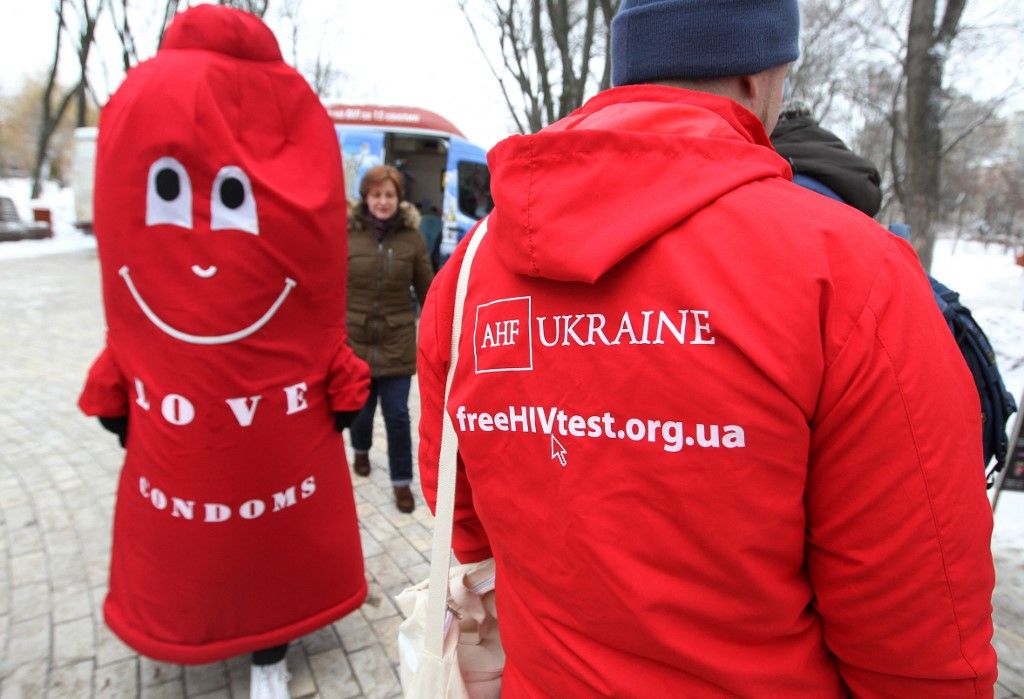
The war and internal migration in Ukraine has created a worrying epidemiological situation: new HIV strains might be moving at a higher rate to regions where the conditions for onward transmission are most appropriate. Virus migration has increased rapidly and follows a westward pattern. Donetsk and Lugansk, two large cities in the east of Ukraine, are the main areas and exporters of the virus.
Speaking in an analysis published on Npr.org, the researcher noted that there is no clear data on the number of HIV cases in certain regions, as testing and preventive measures have been completely halted. However, experts suggest that the number of infected individuals has increased significantly.
I shudder to think about what is happening in these areas and what will happen once the war ends,
– Tetyana Vasylyeva said, adding that much work would still be needed after the war to prevent major outbreaks across Ukraine.









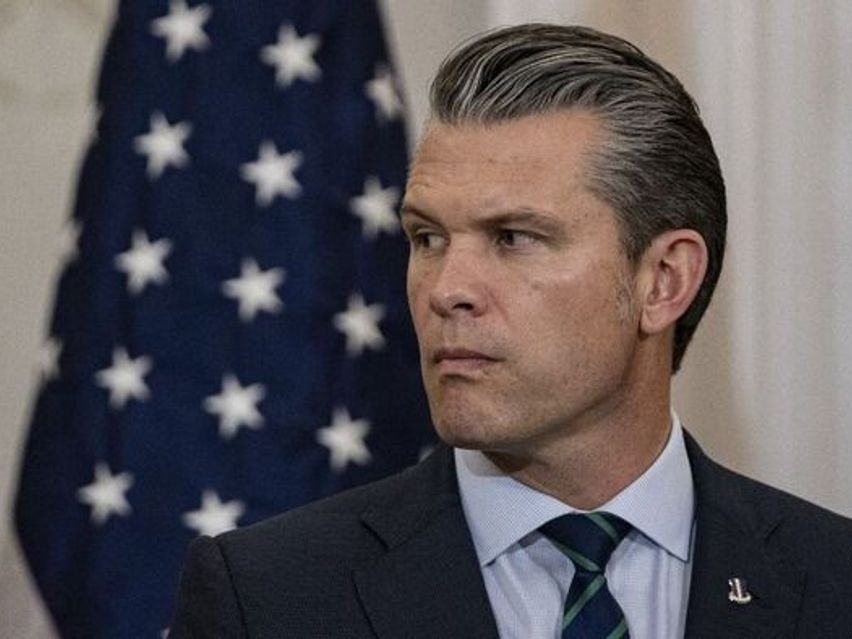





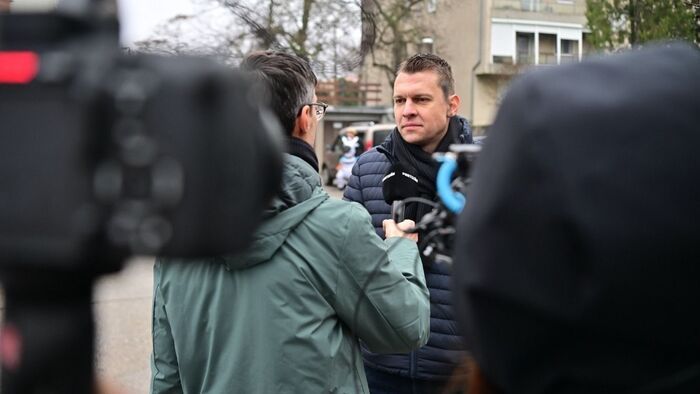





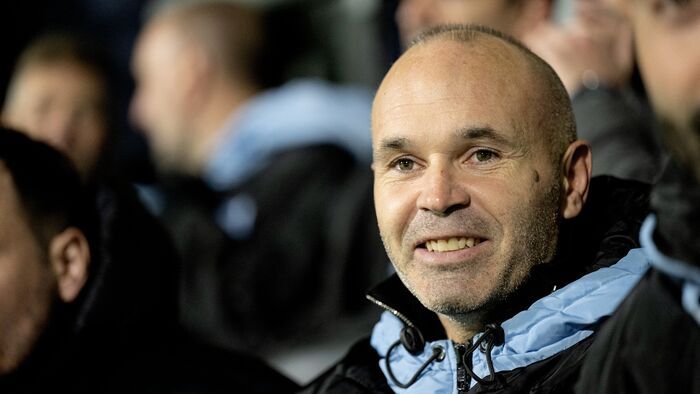


Szóljon hozzá!
Jelenleg csak a hozzászólások egy kis részét látja. Hozzászóláshoz és a további kommentek megtekintéséhez lépjen be, vagy regisztráljon!